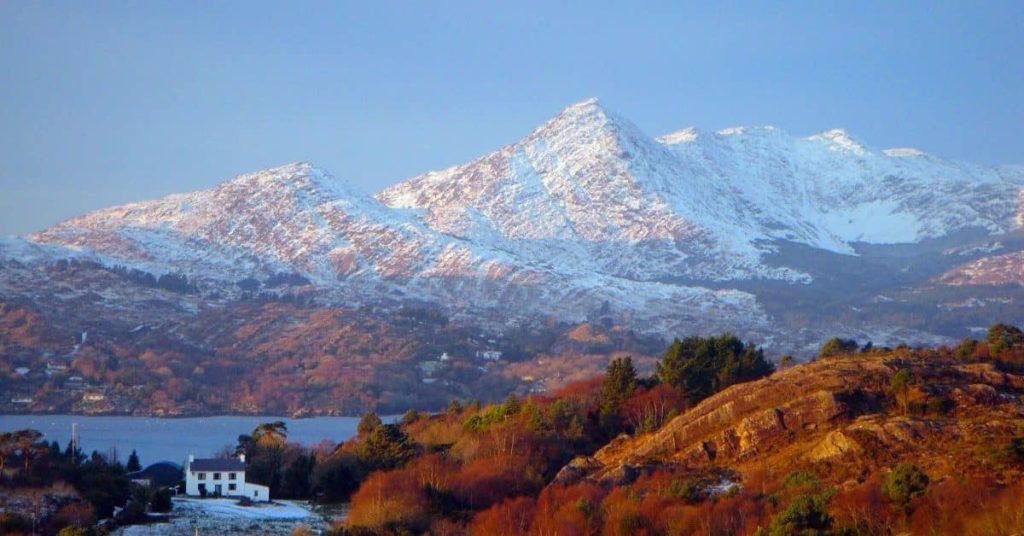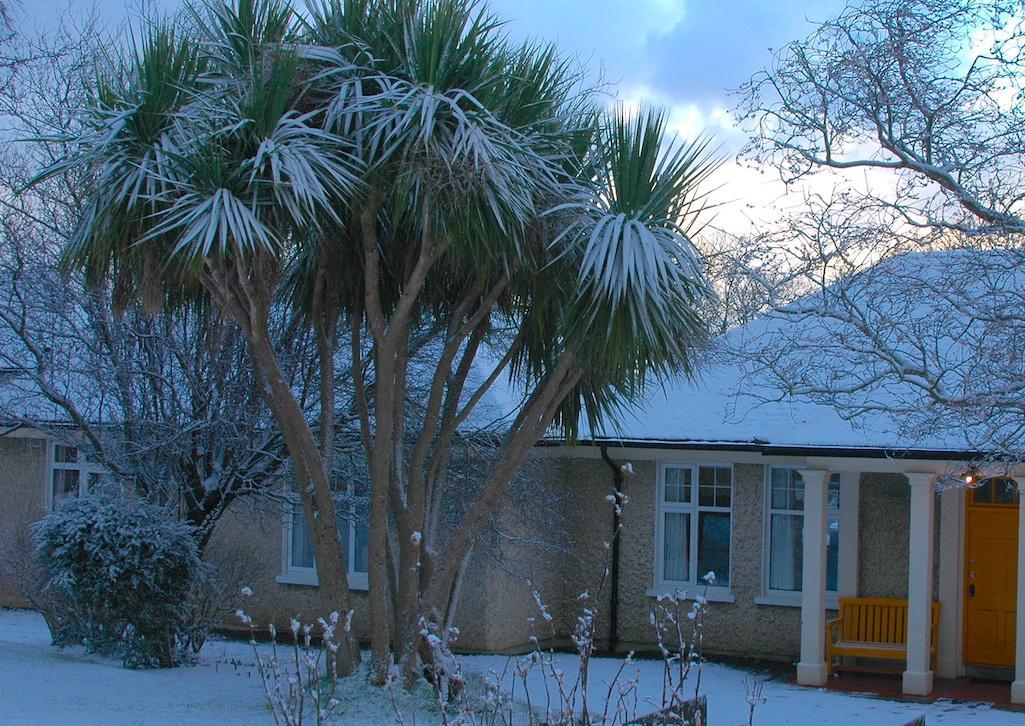This story / page is available in:
![]() German
German
Here we go again, the days are getting shorter, the nights longer, and slowly the temperatures are falling. The leaves are changing color and dancing to the ground in the autumn breeze. The chance of precipitation is steadily increasing, which is a welcome change after a hot and dry summer in most of Europe. Already the days are no longer ‘scorching’ but instead, some of my Irish friends will no doubt soon be characterizing the meteorological conditions as ‘baltic’. In all the years living in Britain and Ireland, I had never come across this phrase when describing the weather – ‘It’s baltic outside!’.
One silver lining of my pandemic experience was the many exchanges of voice messages with a friend of mine in Co. Meath. She would regularly walk along the River Boyne and chat to me about her pandemic life in Ireland, and of course, the weather always featured somewhere in her messages. ‘It’s baltic today!’ she would occasionally say, and I could tell by the tone in her voice and the elaboration that followed, that this meant it was rainy, windy, cold, and dreary weather. Baltic, if you must know! And so I was introduced to the phrase.
Anyone who has had the pleasure of spending extended time in Ireland as well as by the Baltic Sea can probably agree that the winters are equally long and dark thanks to the similar latitudinal location. Due to the maritime proximity of both regions, the weather can also get quite blustery and wet, especially in Winter. But do they really get the coldest and rainiest weather on the European continent?
It turns out that average annual rainfall data and temperature data would suggest, that Scotland and Norway really get the brunt of it. I am not aware of any turn of phrase that references either of these regions when it comes to adverse weather conditions, but I am curious if any readers are maybe aware of any such expressions.
Regardless, I’d like to add, that both Ireland and the Baltic Sea can also be proud of some quite stunning summer weather and the generalization of ‘Irish’ or ‘baltic’ weather as wet, cold, and dreary is a bit unfair I think. But we are prone to labels and generalizations and apparently, the ‘baltic’ label is common in some parts of the British Islands and Ireland, such as Scotland and Northern Ireland, but not as common in other parts, which is maybe why it slipped past me for all those years.
No doubt over the next months as winter comes and goes in the Northern Hemisphere there’ll be some ‘baltic’ days to come. And given the current challenges with heating fuel costs, it has the potential to be a difficult winter for many European households. We wish all our readers who live in a region prone to ‘baltic’ weather that they will be able to stay warm and enjoy autumn and winter despite some inevitably dreary weather and associated challenges.
Photos: Ulrike Donohue (2), Markus Bäuchle (1)
This story / page is available in:
![]() German
German





Leave A Comment